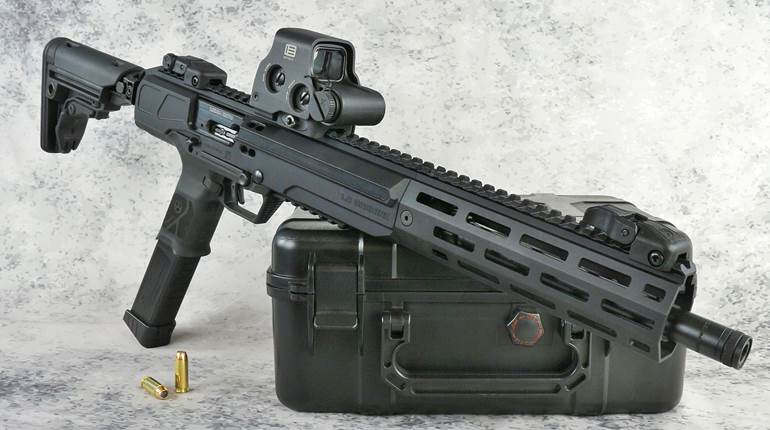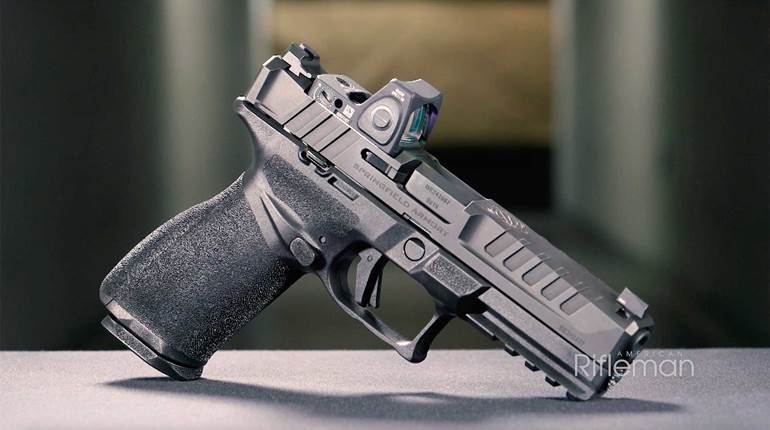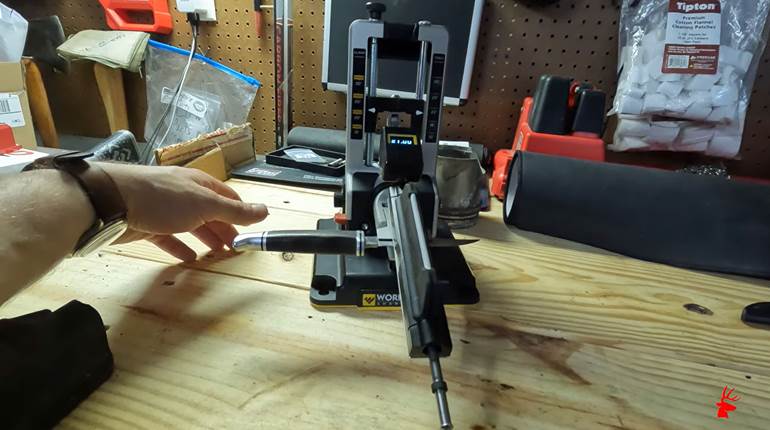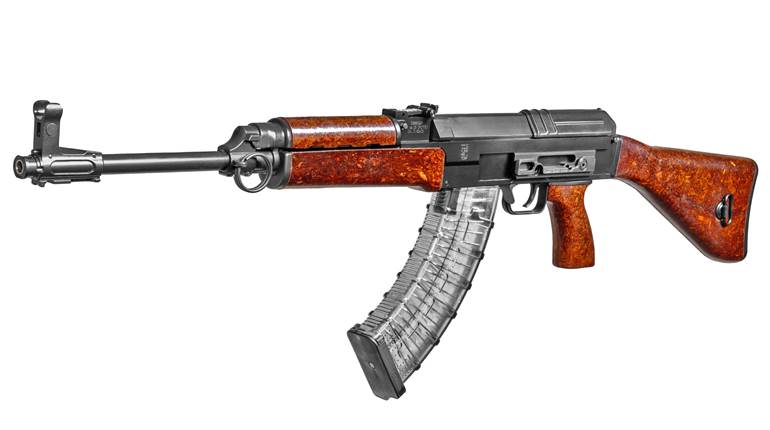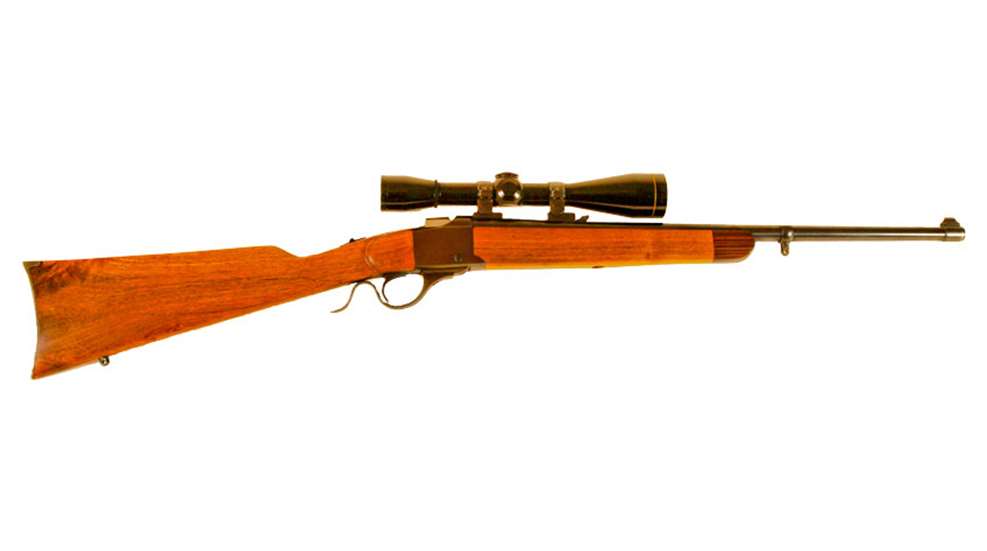
If you have been acquiring guns for any length of time, you probably have one or two that are OK, but you have since found something newer that tickled your fancy. The older gun was fine—too good to get rid of—but you just don’t shoot it much anymore. That’s where I found myself recently.
It was around 1977, if I recall correctly. I was young and full of vinegar but poor as a church mouse. To make matters worse, I had an insatiable fascination with guns—something that, while it has matured a bit, still plagues me today. My monthly budget included the barest of utilities, gas for my 4-wheel-drive Power Wagon, ammunition and guns. Anyway, I just had to have a varmint rifle, and I wanted something I could both afford, and afford to shoot.
Ruger had introduced its No. 3 single-shot rifle some four years prior. Chambered in .22 Hornet, .30-40 Krag and .45-70 Government, it was an economical version of Ruger’s classy No.1 single-shot rifle. The receivers were virtually identical, but the No. 3 sported a simpler, double-curved finger lever, a la the Winchester Model 1885. Barrels were shorter on the No. 3—22", instead of 26"—and it featured open sights. The stock of the No. 3 was less refined than the No. 1. It was substantial—read clumsy— constructed of straight-grained walnut with no checkering. The No. 3 also borrowed the plastic buttplate of its 10/22 rifle, something that would let you really take notice when touching off a .45-70 round in it. Some designer at Ruger thought to include a non-functional barrel band on the No. 3, a feature often quickly jettisoned by those who have an affinity for accuracy. The No. 1 carried an MSRP of $265; the No. 3’s was $165, and I bought my .22 Hornet for $159.
From the get-go I knew I wanted to improve the little one-shooter. As soon as I could scrape $25 together, I took it to George Matthews & Sons Gunsmithing in Downey, Calif., to have the chamber reamed out to K-Hornet dimensions. There were two reasons I wanted this conversion. First, of course, was an increase in case capacity that translated to more velocity and a longer effective range. Second, the relatively straight wall and sharp shoulder would be easier on the brass. Long sloping cases tend to permit brass to flow forward during firing, thereby decreasing case life. Remember, I was looking for something cheap to shoot. Was it really worth a sixth of the price of the rifle to have it reamed? Can’t say, but I’d hate to try to justify it on a balance sheet.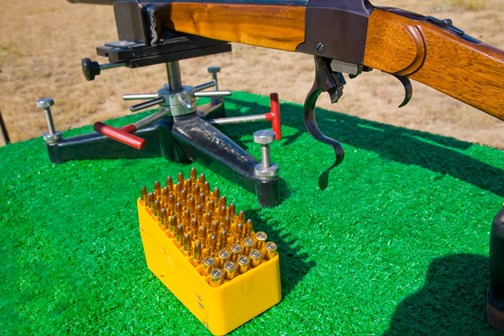
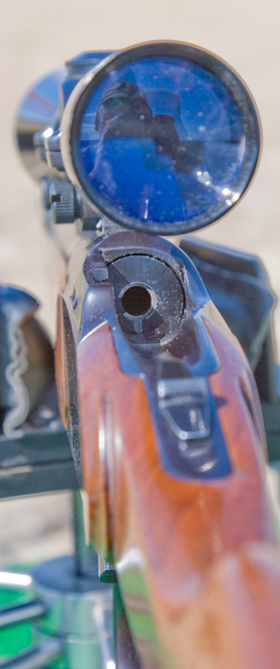 About a year later I had saved up enough scratch to buy a set of Ruger bases and rings, along with a Leupold 2-7X scope. Groups, predictably, immediately shrank to just over an inch from about two inches with the new glass. I bought a set of RCBS dies and a shell holder and began developing a handload. Eventually, I settled on a load consisting of a generous amount of IMR 4227 behind a Sierra 50-gr. SP bullet—now referred to as a Blitzking—and capped with a CCI 400 primer. Velocity is 2847 f.p.s., and typically all the shots are within an inch. If that does not sound impressive to you, remember this is a 42-year-old rifle shooting 42-year-old technology. Because it is not a listed manual load I won’t mention the charge. Anytime you venture beyond what the loading manuals say, you are on your own. No one, including me, will recommend that you venture out on your own when it comes to load development. I have done so a few times over the years and mostly got away with it because I am very conservative in my powder charges.
About a year later I had saved up enough scratch to buy a set of Ruger bases and rings, along with a Leupold 2-7X scope. Groups, predictably, immediately shrank to just over an inch from about two inches with the new glass. I bought a set of RCBS dies and a shell holder and began developing a handload. Eventually, I settled on a load consisting of a generous amount of IMR 4227 behind a Sierra 50-gr. SP bullet—now referred to as a Blitzking—and capped with a CCI 400 primer. Velocity is 2847 f.p.s., and typically all the shots are within an inch. If that does not sound impressive to you, remember this is a 42-year-old rifle shooting 42-year-old technology. Because it is not a listed manual load I won’t mention the charge. Anytime you venture beyond what the loading manuals say, you are on your own. No one, including me, will recommend that you venture out on your own when it comes to load development. I have done so a few times over the years and mostly got away with it because I am very conservative in my powder charges.
Now suitably armed, I took to the deserts of southern California to raise hell with its rodent population. The little Ruger fared pretty well, as long as the guy behind the trigger did his job. Targets can be pretty sparse, however, even on a largely open desert that borders a large metropolitan area. So a couple of years later I moved to Wyoming, in search of a more target-rich environment.
In what is now my adopted home state, I had a new problem. Yes, there were many more rodents to shoot, but they seemed to understand the range of my little rifle and conveniently ensured they carry on their destructive ruminations just slightly beyond 250 yards or so, making accurate range estimation crucial to an effective shot. This was more than a decade before laser rangefinders hit the market.
During this time, I sought to augment my paltry income hunting and trapping fur. Usually, depending on where I was hunting, it wasn’t too difficult to get a coyote or fox to within 250 yards of me, and I managed to pick up some needed dollars occasionally with the little No. 3. The 2-7X wasn’t quite bright enough for night hunting so I replaced it with a Leupold M8 6X with a thick duplex reticle. Though not as precise, this scope and reticle stood out well on snow in starlight. I also experimented with some cast-bullet loads to minimize pelt damage, but the results were less than useable.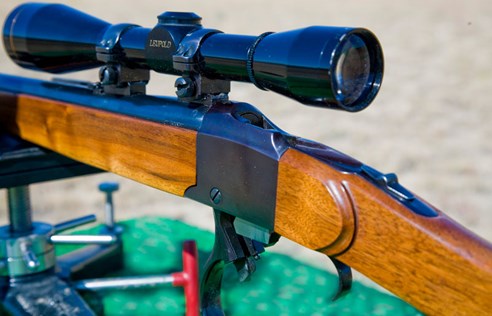
In the winter of ’82–’83, I decided to work on my stock-making skills. Actually, I was sort of forced into the project when I got a bit too rambunctious with the long screw that attaches the buttstock to the receiver and split the buttstock. The split wasn’t very tough to repair; you just had to look for the glue joint. Since I was already repairing the buttstock, it seemed like a good time to whittle down the wood to a less cumbersome profile. I never cared for the 10/22 plastic buttplate, so after I had trimmed the wood, I had to do something about the buttplate.
The top of the buttplate is an extension into the top of the stock that is some 3/8" deep. I re-profiled the butt into a traditional crescent, a la the rifles of the 19th century: wider at its top and tapering toward the toe of the stock. Trouble was I did not already have a buttplate with which to replace the plastic one. Finding one that would fit my already completed trimming of the stock was impossible. I was therefore forced to fabricate a new steel buttplate, and fit it to the existing wood.
My dad used to tell me that Wyomingites liked to do everything the hard way. He also reminded me on a regular basis that I seemed to adopt their regimen to my heart. I took two pieces of hot rolled steel, one 1/8" thick; the other 3/8" thick, cut a rough perimeter profile, carefully replicated the curve of the wood in the thinner piece and finally welded them together. I added an extra weld to the inside portion of the joint so I could then file and fit it to the tight radius at the heel of the stock. In other words, I had to smoke the metal, try it on the butt of the stock, then remove metal wherever it showed that it touched until it all touched evenly—just the opposite of how metal is usually fitted to wood. How many hours I invested in that one part of the project I—blessedly—can no longer recall. I am sure it was close to 80 hours, all done part time, when I had some time to spare. It was not my most brilliant idea. My dad may have been onto something concerning my affinity for the hard way.
On the fore-end, I simply slimmed it into a more-or-less straight taper. Removing the barrel band meant there was an ugly step to the front of the fore-end, so I simply cut it off there and replaced it with a piece of ebony, rounding out the front profile.
Once I completed all this, I sealed the wood in marine varnish and put on about 10 coats of boiled linseed oil to finish it. I think it turned out decent enough for an amateur wood butcher.
Removing the barrel band meant I no longer had an anchor point for the front sling swivel, so I bought a barrel-band-type swivel from Brownells and was back in business.
By this time I had put together enough money to buy a real varmint rifle—one chambered in .22-250 Remington. The pasture poodles and chislers—ground squirrels—were now in real trouble. I found that I reached for the Hornet less and less, eventually relegating it to life as a fur gun. A couple of years after that I had to vacate “Chateau Wyoming” in order to make enough to sate my gun and hunting addiction. The No. 3 was set aside largely because I was shooting fewer varmints and working my butt off to buy guns and go hunting. Once in a while I’d drag it out to check the sights or just play with it, but it continued to get pushed to the back of the gun safe as more rifles took up residence with me, and my hunting and shooting habits evolved.
A couple of months ago, I was rummaging around in my safe for something and the No. 3 caught my eye. I had to move three rifles out of the way to make room to remove the little Hornet, but when I did it looked pretty decent. So I took it out and shot it a bit with my old handload. The groups opened up a bit—now closer to an inch or slightly more—probably due in no small part to the fact that my eyes are a bit more than halfway through their seventh decade and aren’t as acute as they once were.
It’s a cute little rifle, and it seemed to be begging to have a new handload developed for it. Bullet design has evolved quite a bit during the past four decades. In varmint chamberings there has been a move toward lighter bullets than those once considered standard. So I picked up a box of Nosler 35-gr. Varmegeddon bullets, inventoried my powder supply—supplementing it with some H110—and had at it.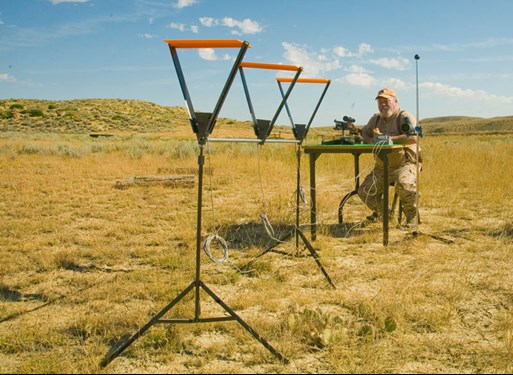
The Nosler manual tops out at 12.5 grains of H110 and a 34- to 35-gr. bullet in the .22 Hornet, but my rifle is the K-Hornet. I—very carefully—worked up a load that showed no high pressure signs and yielded a muzzle velocity of 3,255 f.p.s., some 101 f.p.s. more than what Nosler got in a straight Hornet. Accuracy was a shade less than an inch—usually 3/4 to 7/8".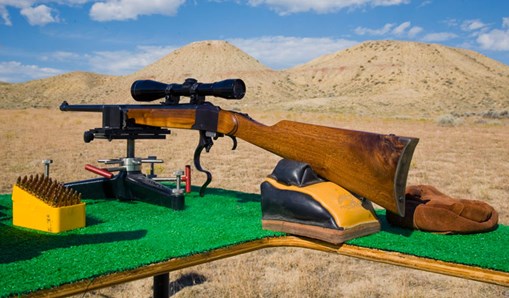
All that said, my old rifle friend now has a new lease on life. Fresh ammo, a thorough cleaning and, perhaps, a new scope is in the offing. I am enjoying my “new” old friend immensely and look forward to popping a few of the local rodents with it.
If you have been shooting very long, you probably have an old rifle or pistol in your stash that once intrigued you. Maybe, like me, you evolved to other guns for whatever reason. I’d suggest that you drag out that old gun sometime and feed it a little lead. You might just be surprised—almost like getting a new gun all over again.












